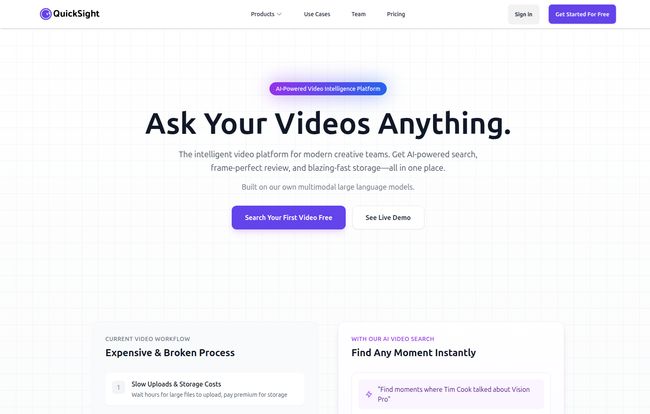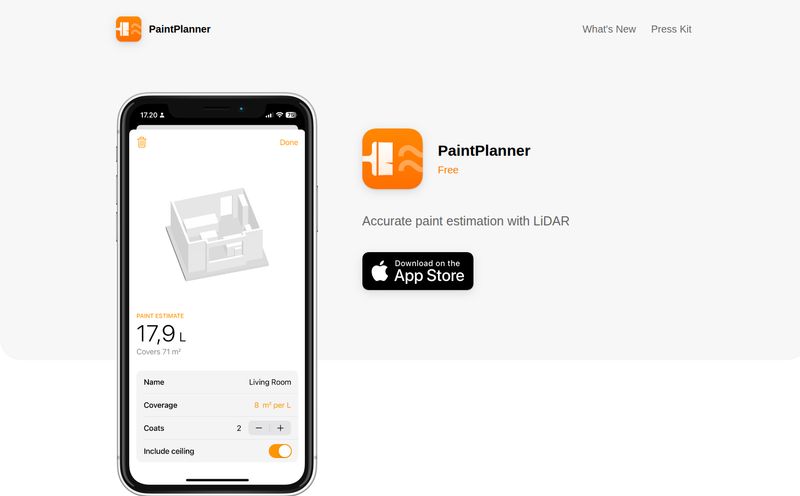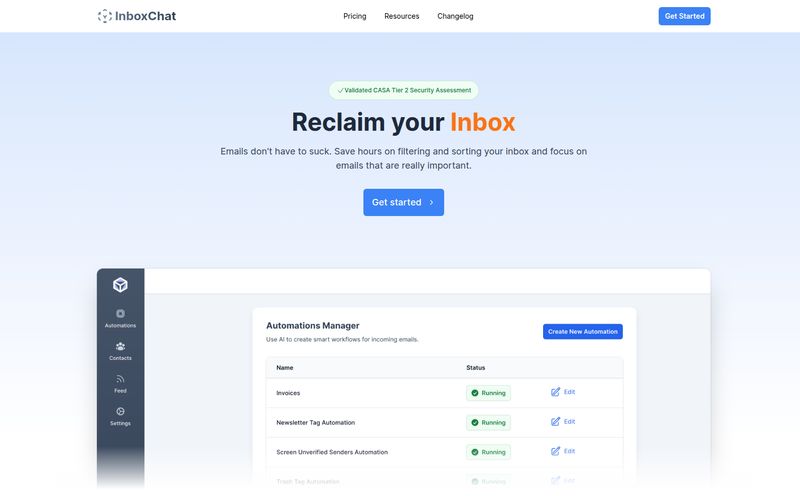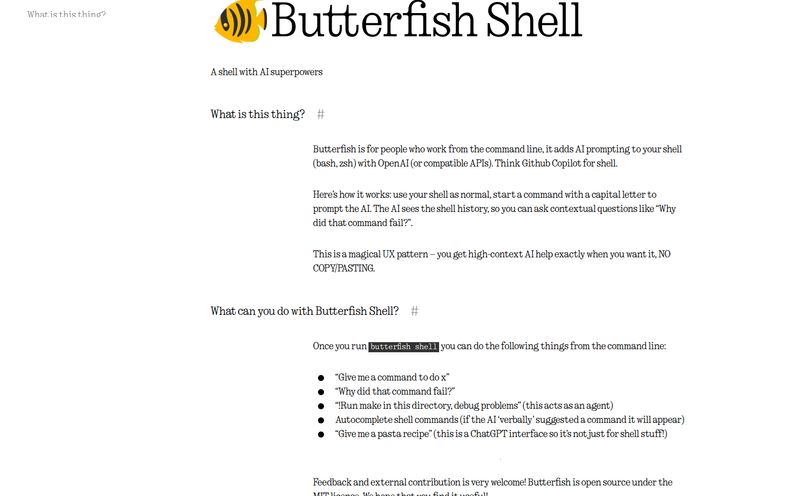Alright, let’s have a little heart-to-heart. You, me, and that folder on your hard drive ominously labeled “Raw Footage.” You know the one. It’s a digital graveyard where good ideas and brilliant B-roll shots go to die, buried under file names like “Interview_take_3_final_USE_THIS_ONE.mp4.” We’ve all been there. That sinking feeling when a client asks, “Hey, remember that part in the webinar from last quarter where Sarah mentioned our Q3 results? Can you pull that clip for me?”
Ugh. My stomach just dropped even typing that.
For years, managing video assets has been my personal digital purgatory. It’s a chaotic mess of expensive cloud storage, multiple clunky platforms for transcription and review, and hours—no, days—of manual tagging that never, ever gets done properly. It’s a system held together by caffeine and wishful thinking. So when a tool like QuickSight AI comes along, claiming to “Ask Your Videos Anything,” my inner skeptic and my hopeful content creator sides have a full-on debate. The skeptic scoffs, “Another ‘game-changer’?” But the creator whispers, “...what if it actually works?”
So, What Exactly is QuickSight AI?
Let's cut through the marketing fluff. QuickSight is an AI-powered platform that basically turns your entire disorganized video library into a searchable database. Think of it like Google, but for the inside of your videos. Instead of just searching by filename or date, you can search by what’s actually happening in the footage.
You upload your videos, and its AI gets to work. It doesn’t just transcribe the audio; it watches the video, identifies objects, recognizes text on screen (like on a presentation slide), and understands actions. It digests everything, creating a rich, searchable index without you having to lift a finger to manually tag a single thing. It’s like having a hyper-observant robot intern who never sleeps or complains.
The Old Way Versus The QuickSight Way
The image on their homepage hits a little too close to home. It shows the “Current Video Workflow” as this broken, expensive process. And they’re not wrong. I once calculated the monthly spend for a small agency I was consulting for, and between Vimeo for hosting, a separate transcription service, and Frame.io for review, they were easily clearing that $500/month figure QuickSight mentions. It’s a Frankenstein's monster of SaaS subscriptions.
QuickSight proposes a simple, almost magical, three-step alternative:
- Upload Your Videos: Drag and drop your files into their system. They say it's optimized for large files and blazing-fast speeds, which is a bold claim I'm keen to test.
- AI Does The Magic: This is the black box moment. The AI analyzes everything—speech, visuals, on-screen text—and builds that searchable library.
- Find Any Moment: You ask a question in plain English. Not keyword soup, but an actual question. “Show me every clip where we have a product shot on a wooden table,” or their example, “Find moments where Tim Cook talked about Vision Pro.”
And poof. Instant results. At least, that's the promise. It’s a compelling one, that’s for sure.

Visit QuickSight
Diving Into The Core Features
The real meat of any tool is in its feature set. A slick landing page is one thing, but can it deliver the goods? From what I can see, the power here is layered.
Natural Language Search That Actually Feels Natural
This is the absolute killer feature. The holy grail. For so long, “video search” meant searching for a file name you hopefully remembered to label correctly. With QuickSight, the search is contextual. It understands relationships between words and concepts. This means you can find not just what was said, but the context around it. It's the difference between searching for “customer testimonial” and asking “Find the part where a customer in a blue shirt talks about our support team.” For content repurposing, this is just… chef’s kiss.
More Than Just Words - Seeing Objects and Actions
Here’s where my SEO brain gets really excited. The ability for the AI to identify objects and actions is huge. Imagine you’re a travel vlogger. You could search for “all my drone shots over a beach at sunset.” A food blogger could find “every clip of me kneading dough.” This goes beyond simple organization and becomes a powerful creative tool for finding the perfect B-roll in seconds, not hours. It turns your archive from a cost center into a reusable asset library.
Collaboration Without the Endless Email Chains
The platform also includes a collaborative review system. This is aimed squarely at ending the nightmare of sharing video files over email or Dropbox and getting feedback in a dozen different documents. You know the drill: “At 2:34, can we change the music?” followed by a separate email saying, “Actually, I meant 2:43.” Having time-stamped comments and reviews in one central place is a workflow improvement that teams will weep with joy over. It streamlines the entire feedback loop, which means faster approvals and less friction.
Let’s Talk Money: A Look at QuickSight’s Pricing
Okay, the shiny features are great, but what’s it going to cost me? I was genuinely surprised by their pricing structure. It seems… reasonable? They’ve got a plan for pretty much everyone, from the casual experimenter to a full-blown enterprise.
| Plan | Price | Best For |
|---|---|---|
| Free | $0 | Tire-kickers and those who want to test the core search functionality on a few files. Limited storage and 30-day retention. |
| Pro | $12 / month | Solo creators, freelancers, and small businesses. This tier unlocks the full review features and unlimited retention. A very solid value proposition. |
| Team | $39 / user / month | Agencies and internal marketing teams. Adds a team workspace, integrations, and usage analytics. |
| Developer | Pay as you go | Users with unpredictable or very large-scale needs. You pay per minute of video processed. This is a smart option. |
The existence of a functional Free plan and a very affordable Pro plan is a huge green flag for me. It shows confidence in their product. They’re letting you experience the magic for free, betting you’ll find it indispensable.
The Not-So-Perfect Parts (Because Nothing Is)
Okay, I can’t just sing its praises. No tool is perfect. Based on their site and the current state of AI tech, there are a couple of things to keep in mind.
First, the most futuristic feature, AI video generation, is listed as “Coming Soon.” This isn't a knock, really—it’s more of a heads-up. You're buying into a killer search tool now, with the promise of more advanced generation features later. Just manage your expectations. It cant create the video for you, yet.
Second, and this is a minor quibble, the provided info mentions it “requires JavaScript to run.” I mean, it’s 2024. What modern web application doesn't? This is less of a con and more of a statement of fact for the 0.1% of people browsing with JavaScript disabled. It’s not a tool for digital luddites, but that’s hardly a surprise.
Who is QuickSight Really For?
So who should be sprinting to sign up? In my opinion, the list is long:
- Marketing Agencies: Imagine being able to instantly pull every client testimonial or product shot across all your accounts. It's a massive time-saver.
- YouTubers & Content Creators: Finding that one specific clip for a compilation or callback joke from a library of hundreds of videos just became a 10-second task.
- Corporate Communications & Training: Need to find every instance a CEO mentioned a specific initiative? Or pull all the safety training clips involving ladders? Done.
- Documentary Filmmakers: Sifting through hundreds of hours of interviews to find a specific quote is a soul-crushing part of the job. This tool could genuinely change that.
Basically, if you have more than a terabyte of video footage and have ever felt the pain of not being able to find something you know you have, this tool is for you.
My Final Verdict as an SEO and Content Guy
I’ve seen a lot of AI tools that promise the world and deliver a pamphlet. QuickSight doesn't feel like that. It’s focused on solving one, incredibly painful problem: making video content accessible and reusable. The time saved is the most obvious benefit. But the secondary benefits are where it gets really interesting for me.
When you can find clips faster, you can produce more content. You can repurpose that webinar into 20 social media clips. You can A/B test different testimonials in your ads. Faster content velocity often leads to better traffic and engagement. By fixing a fundamental workflow problem, QuickSight indirectly becomes a powerful tool for growth. It turns your video archive from a dusty, expensive digital attic into a dynamic, queryable asset.
And for that reason, I’m not just intrigued. I'm genuinely impressed. Now if you’ll excuse me, I have a folder called “Raw Footage” to upload.
Frequently Asked Questions
How do the processing credits work in QuickSight?
Processing credits are what the platform uses to analyze your video content. Each plan comes with a certain amount of credits per month. Different AI operations, like transcribing speech or identifying objects, consume different amounts of credits. The Free and Pro plans come with a monthly allowance, while the Developer plan is a pure pay-as-you-go model based on minutes processed.
Can I upgrade or downgrade my plan at any time?
Yes, QuickSight states you can change your plan at any time. If you upgrade, you'll be charged a prorated amount for the remainder of the current billing cycle. Downgrades typically take effect at the start of your next billing cycle, which is standard practice for SaaS products.
What happens if I exceed my storage limit?
If you hit your storage limit, you'll need to either upgrade your plan or delete some existing content to free up space before you can upload new files. Importantly, they state they will never delete your content without your explicit permission.
Is QuickSight secure for sensitive or confidential footage?
While their homepage mentions you can “securely upload” your videos, it's always best practice to review the full terms of service and privacy policy for specifics. For highly sensitive corporate or client footage, you might consider their Enterprise plan, which likely comes with stricter SLA guarantees and security protocols.
How accurate is the AI search?
This is the million-dollar question for any AI tool. While accuracy is constantly improving, it won't be 100% perfect. Accents, background noise, or obscure objects can sometimes trip up the AI. However, based on the platform's premise, the accuracy is high enough to be a massive improvement over manual searching, likely in the 90-95%+ range for clear audio and visuals.
Do unused processing credits roll over to the next month?
No, the FAQ on their site clarifies that unused processing credits do not roll over. Each billing cycle starts fresh with your plan's allocated credits. This encourages you to consistently process and manage your content library.
Conclusion
It's rare that a tool makes me rethink a fundamental part of my workflow, but QuickSight has managed to do it. The idea of transforming a chaotic video archive into an intelligent, searchable asset isn't just a convenience—it's a strategic advantage. It saves time, reduces frustration, and unlocks the hidden value trapped in hours of footage. For anyone serious about video content, this isn't just another tool to consider. It feels like the beginning of a new standard. The future of video management is here, and it looks a lot like a search bar.



